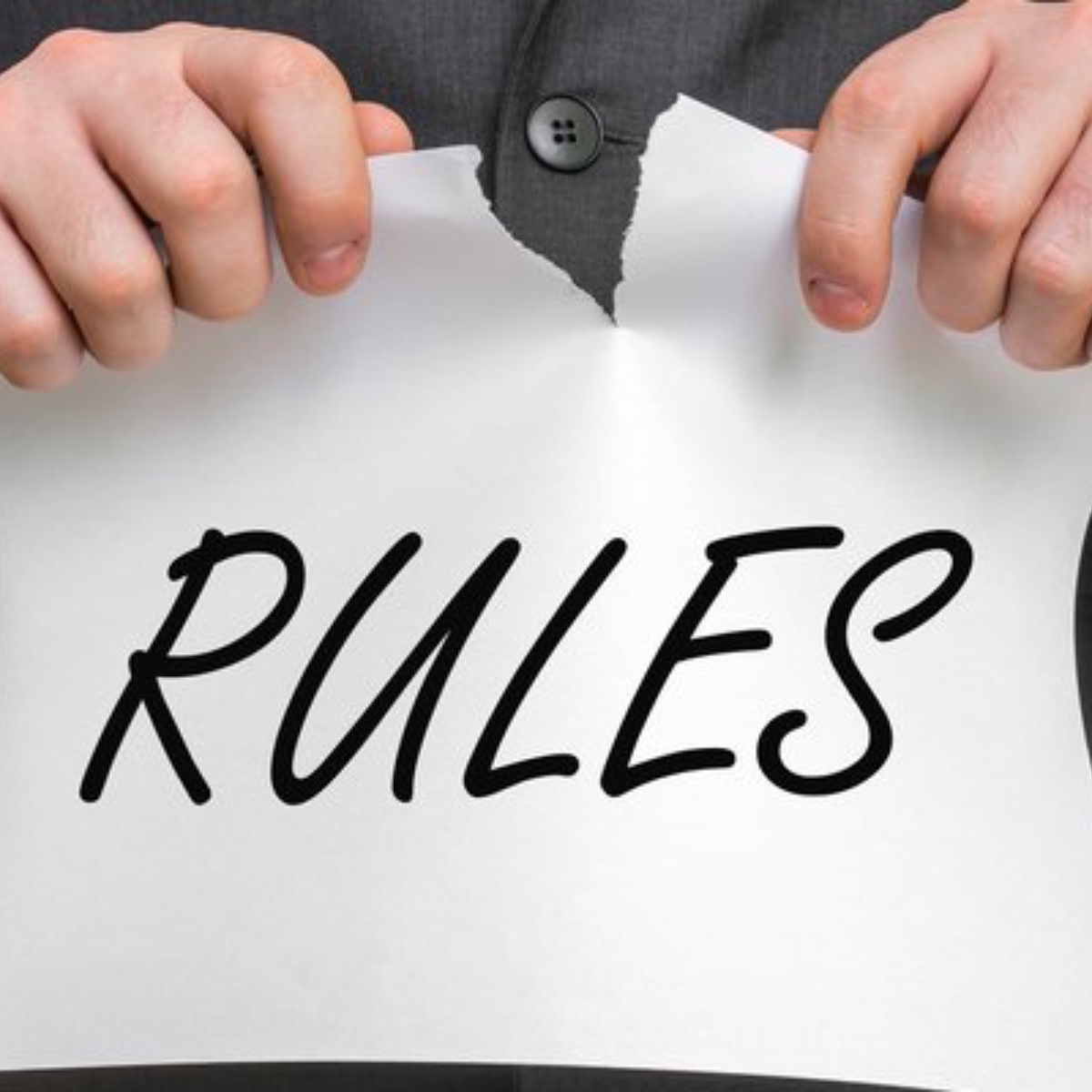In DDLG (Daddy Dom/Little Girl) relationships, consent stands as the cornerstone, forming the basis upon which the entire dynamic is built. This concept is not merely a formality; it is essential to the integrity and health of the relationship. The rules that guide the interactions within a DDLG relationship must be established with mutual consent, ensuring that both partners feel secure and respected.
This article will delve into the pivotal role of consent in DDLG relationships, particularly how it influences the creation and maintenance of rules. By understanding the importance of consent, you can develop a framework of rules that strengthens your relationship, fostering an environment where trust and comfort are paramount. We will explore how to effectively incorporate consent into every aspect of your DDLG dynamic, ensuring a harmonious and fulfilling experience for both partners.
Take a look at the best prices for DDLG clothing and toys by clicking here.
If you are wanting to get started in the world of DDLG you will most certainly need a DDLG contract template.
The Role of Consent in DDLG Rules

Understanding Consent in DDLG Relationships
Consent within DDLG relationships goes beyond a simple agreement; it is an ongoing dialogue that requires continuous attention. In this context, consent involves both verbal and non-verbal agreements, where both partners clearly communicate their boundaries, desires, and comfort levels. This dynamic thrives on mutual respect, and consent is the vehicle through which that respect is expressed and maintained.
It is important to recognize that consent is not a one-time event. Instead, it is a process that must be revisited regularly as the relationship evolves. Checking in with your partner to reaffirm consent ensures that the established rules continue to reflect the needs and boundaries of both individuals. This ongoing process helps both partners feel safe, respected, and comfortable, allowing the relationship to flourish without fear of crossing boundaries or causing unintended harm.
The Importance of Consent When Establishing DDLG Rules
When setting up DDLG rules, consent plays a crucial role in ensuring that the rules are fair, effective, and respectful to both partners. Open and honest conversations are key to this process, as they allow both parties to express their needs and concerns before any rules are put in place. This dialogue should be approached with a mindset of mutual understanding, where each partner’s voice is heard and valued.
For example, before implementing a rule about daily check-ins, both partners should discuss how this rule will be carried out, what each expects from it, and how it aligns with their individual needs. This process of negotiation and agreement helps in creating a set of rules that both partners are comfortable with and committed to following. It is through this collaborative approach that consent is fully integrated into the rule-making process, ensuring that the rules are not only effective but also supportive of the relationship’s overall health and happiness.
Take a look at the best prices for DDLG clothing and toys by clicking here.
Ensuring Ongoing Consent and Communication

In a DDLG relationship, maintaining ongoing consent and open communication is essential for the relationship’s continued health and harmony. Consent isn’t a static agreement; it’s a dynamic process that needs to be regularly revisited to ensure that both partners remain comfortable and satisfied with the established rules. Checking in with your partner on a consistent basis helps to reaffirm consent and address any changes in feelings or circumstances.
Regular check-ins can be as simple as asking, “How are you feeling about our rules? Are there any adjustments you’d like to discuss?” Such questions open the door to honest dialogue, allowing both partners to express their needs and any discomfort they might be experiencing. This practice ensures that the rules continue to serve their intended purpose without becoming a source of stress or conflict.
Being open to revisiting and modifying rules based on mutual feedback is equally important. As relationships evolve, so do the needs and boundaries of the individuals involved. Flexibility in adjusting rules as these changes occur helps keep the relationship balanced and fulfilling. Practical tips for maintaining this level of communication include setting aside regular times to discuss the relationship, actively listening to your partner’s concerns, and being willing to adapt rules to better fit both partners’ current situations. By prioritizing ongoing consent and communication, you create a safe and supportive environment where both partners can thrive.
The Role of Safe Words and Signals in Consent
Safe words and signals are vital tools in a DDLG relationship, providing a clear and immediate way to manage consent and ensure safety. These tools allow both partners to communicate discomfort or the need to pause an activity without ambiguity. Choosing a safe word or signal that is easily understood and respected by both partners is crucial for maintaining the trust and safety of the relationship.
When selecting a safe word, it should be something that wouldn’t normally come up in conversation, making it clear that when used, the word signals a need to stop or slow down. For example, using a word like “red” could indicate an immediate halt to the activity, while a word like “yellow” might signal the need to pause or ease up. Similarly, non-verbal signals, such as a hand gesture, can be used when verbal communication isn’t possible or preferred.
Incorporating these safe words and signals into everyday DDLG interactions enhances safety and reinforces consent. For instance, during a more intense or emotional interaction, the use of a safe word can quickly communicate that a boundary is being approached, allowing both partners to adjust accordingly. By integrating these tools into your dynamic, you build a framework of trust that allows for exploration while ensuring that both partners remain within their comfort zones.
Take a look at the best prices for DDLG clothing and toys by clicking here.
Handling Consent Violations and Misunderstandings

Despite the best intentions, there may be times when consent is violated or misunderstandings occur within a DDLG relationship. Addressing these issues immediately and with care is critical to maintaining trust and ensuring the relationship’s longevity. When a consent violation happens, it’s important to acknowledge it right away and take steps to repair the damage.
The first step in handling a consent violation is to have an open and honest conversation about what happened. Both partners should feel heard and respected during this discussion. For example, the person who experienced the violation might express how the situation affected them, while the other partner listens and acknowledges their feelings. It’s essential to approach this conversation with empathy and a genuine desire to understand each other’s perspectives.
Rebuilding trust after a consent violation or misunderstanding requires a commitment to clear and consistent communication. Strategies for re-establishing consent might include revisiting the rules, making necessary adjustments, and setting up more frequent check-ins to ensure both partners feel safe moving forward. By addressing issues directly and with compassion, you can repair trust and strengthen the bond between you, ensuring that your DDLG relationship remains healthy and consensual.
Take a look at the best prices for DDLG clothing and toys by clicking here.
Adapting Consent to Different Situations and Scenarios
Consent within a DDLG relationship is not a one-size-fits-all concept; it must be adaptable to various situations and scenarios that arise within the dynamic. Depending on the intensity or nature of an activity, the way consent is communicated and maintained might need to shift. For instance, a playful scenario might require a lighter, more flexible approach to consent, whereas a more intense or emotionally charged situation might necessitate firmer boundaries and clearer communication.
Flexibility is key when adapting consent to different situations. Being responsive to the context ensures that both partners remain comfortable and respected, regardless of the activity. For example, during a more serious disciplinary moment, it might be necessary to reassert consent and clarify boundaries beforehand, even if those boundaries have been established previously. Conversely, during lighter, more spontaneous interactions, a quick verbal check-in or a simple gesture may suffice to confirm that both partners are still on the same page.
To tailor consent to specific scenarios, it’s important to maintain open communication throughout the interaction. A brief pause to ask, “Is this still okay?” or “Do you want to continue?” can make a significant difference in ensuring that consent remains intact. By adapting consent to fit the situation, you can navigate different scenarios within your DDLG relationship with confidence, knowing that both partners’ comfort and safety are consistently prioritized.
Conclusion
Consent is the bedrock of any DDLG relationship, playing a vital role in the establishment and ongoing maintenance of rules. Ongoing, mutual consent ensures that both partners feel secure and respected, fostering a dynamic that is both safe and fulfilling. By prioritizing consent in every aspect of your DDLG relationship, you create an environment where trust and respect are continuously reinforced.
As you navigate your DDLG journey, remember that consent is not just a single agreement but an ongoing process that requires regular attention and communication. By keeping consent at the forefront of your interactions, you lay the foundation for a relationship that is both meaningful and satisfying for both partners.
Take a look at the best prices for DDLG clothing and toys by clicking here.

